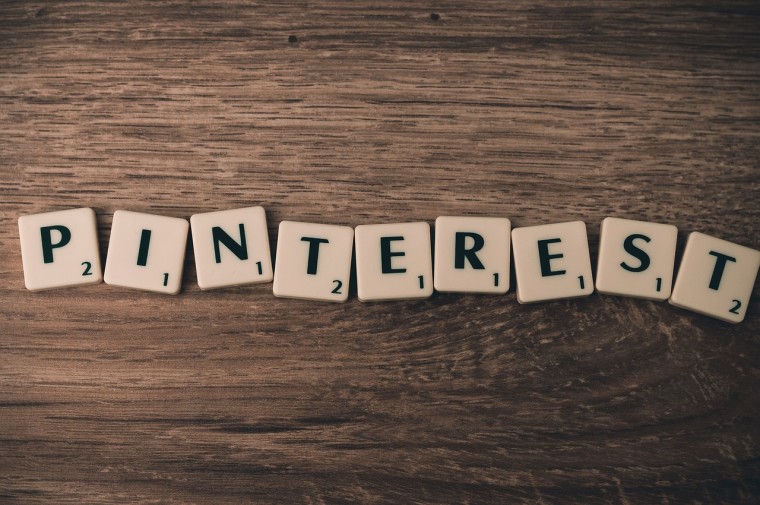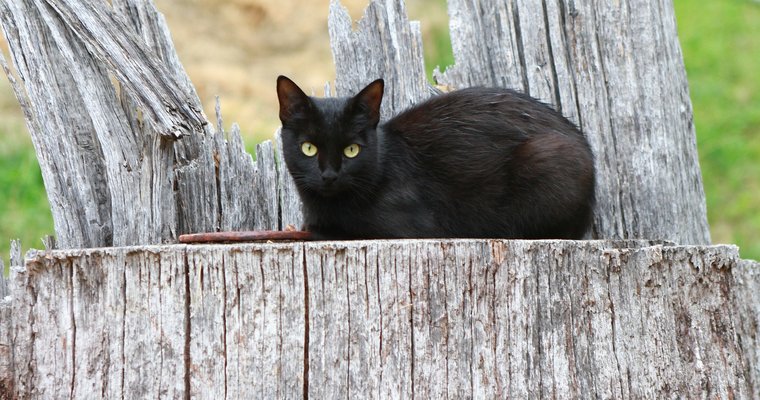I know you’ve heard this before: Cats rule the internet. If you have a cat, you could achieve amazing Internet fame by simply popping up a few awesome photos of said cat on Pinterest. No cat, no need for Pinterest, right?
Wrong.
Pinterest hasn’t yet achieved top-of-mind status, when it comes to social media sites. When people want to get noticed online, they often focus on Facebook, and all of the traffic and connections it can deliver. But that’s a shame, as Pinterest really is a powerful site. In fact, DMR says Pinterest is expected to reach more than 47 million Americans in 2015 alone.
That’s a lot of eyeballs, and those 2015 clicks won’t stop when we start celebrating 2016. Unlike other social media sites, which are skewed to the new and the fresh, Pinterest is weighted to the popular and the tried and true. That means older, reliable pins tend to do well, year after year, delivering traffic and reputation management benefits at each step of the way.
That’s true even if the pins have nothing to do with cats.

The best way to do well on Pinterest is also the most obvious: create, share and curate pins that deliver unique value to viewers. That’s advice you’ll hear over and over again from experts on Pinterest marketing. It’s great advice to follow.
But there’s a little more to it. By following this 4-step action plan, you can enhance the value of those great pins you’re creating, and that could bring you reputation management and marketing opportunities you just never dreamed of.
Here’s how to do it.
1. Make Your Profile Page Sing
Just as you wouldn’t start chatting up a business associate without introducing yourself, you shouldn’t start randomly pinning images without providing your potential viewers with a little bit of hard data about who you are, what you love, where you live and why you’re awesome.
That’s right, I’m talking about your profile page.
Your Pinterest profile should include a few key attributes:
- A current photo of you
- The location you’re pinning from
- Your website address
- Links to social media (such as Twitter or Facebook)
Why all of this stuff? It proves you’re pinning as a real person, from a real place with a job or a product to promote. These links also help people to find out more about you, should they want to do so.
Your profile also includes a little space for personal ramblings, and here’s where the real value comes in. Use that space for keywords. If you’re facing a reputation problem, load up that profile with the words people are using to attack you. If you’re running a business, find out what terms people use in order to find your business. All of those keywords should go in your description.
And here’s a bonus tip: Kick up your page more by putting a few keywords in your page name. Instead of just calling yourself “Jane Doe,” consider calling your page, “Jane Doe, Professional Business Photographer”. That added keyword helps to boost your visibility.
2. Pick the Right Boards
Typically, your boards will hew closely to your website. If you’re working in kitchen sales, for example, you’ll probably have a few boards that have to do with the products you’re selling. That just makes sense.
But, if you’d really like to boost your exposure, look for ways to tap into top Facebook topics. According to research from the University of Minnesota, those top topics include:
- Food and drink
- DIY
- Home décor
- Women’s fashion
- Weddings
- Design
Perhaps some content on your website could fit on a board like this. For example, if your company sells gardening equipment, you might have a few photos of herbs. Those would fit nicely in a food and drink board. Or, you might have photos of cut flowers, and those would go well in a home décor board.
By naming your boards in such a way that they match the top interests of people on Pinterest, you’re expanding your reach and doing just a little more to ensure that your content is both found and pinned.
And you can do even more. Each board has another small space in which you can write free-form comments about what the board contains, and why you like the content you’re pinning. That’s another space that’s just begging for keywords. Don’t miss out on this opportunity!

3. Track Your Pins Back to Your Website
Pinterest makes it easy for you to upload photos to the site. With the click of a button, you can pop up photos from your computer or mobile device. But this is a total missed opportunity. After all, if you upload photos directly, your users have nowhere to go in order to get more information. To them, it’s a dead or broken link.
Instead, make sure you’re pinning directly from your website. All of your images should be live on the web.
Unfortunately, a lot of people break this rule. Back in 2012, research from Curalate suggested about half of the popular pins on Pinterest were broken. People who clicked on those links went nowhere at all. I’ll bet some of those broken pins came from people uploading shots to the site directly.
But, broken pins can also stem from moved web pages. Once you let your pin loose on the world, you can’t edit the copies. So if you move your website, you might be able to change the links on your own board. But you can’t change the links on the boards of all of your followers. So, keep that in mind.
Whenever you’re pinning, make sure you’re tracking back to your website, so you can get that traffic. And, don’t move your webpage unless you have to. Once it’s up and you’ve pinned from it, leave it alone.
4. Describe, Describe, Describe
When you’re popping up pins on Pinterest, take the opportunity to write up a few words about what the image is about and why it’s interesting. Remember: The site can’t read your photos, so you’ll need to provide some words that tell the search engine what the photos are about. Those are your keywords, and they’re vital.
Look for opportunities to include keywords that are important to your business and to your reputation management plan. But remember to be natural. These are keywords people will read, so they’ll need to be structured like sentences. Don’t just list all of your keywords in a bundle. Get creative, and try to craft something that people will want to read.
If you’re stuck for phrasing, check out this study from Georgia Tech. Here, the researchers suggest that people tend to write these sorts of phrases on Pinterest pins:
- Want to do this
- Want to make one
- Want to try this
- Need to remember this
- Need to do this
- Need to try this
Notice the active phrasing here. Try using these terms as a lead-in to your keywords, and you could be on track to Pinterest success. If I want to write about herbs on a food board, I might write: “Want to try this basil in my pesto for this weekend.” If I’m tapping out notes about flowers in a home décor board, I might write: “Need to remember this tip: Cut flowers should be in water with a kiss of bleach.” My keywords are there, but the writing is natural.
And finally, remember that 80 percent of the things pinned on Pinterest are re-pins, per RJMetrics. Once your boards are up and running, pin things other people created. Make sure you’re re-working the descriptions on the items you re-pin, so you can use your keywords.
Start Small
There’s a lot to Pinterest, and I understand it’s easy to get overwhelmed. Just remember: You’re not required to master the site in one day. In fact, you’re not really on a timeline at all. If you devote just a little bit of daily time to the site, and you make sure you’re pinning properly and using the proper keywords, all of your work will pay off in time. Just take it slow.
And let’s hear from some experts! If you’re seeing great Pinterest success, what are you doing to make it happen? Share your boasts in the comments, so we can all learn.
Image Credits
Featured Image: LisaRedfern via Pixabay
Image #1: acebrand via Pixabay
Image #2: FirmBee via Pixabay





